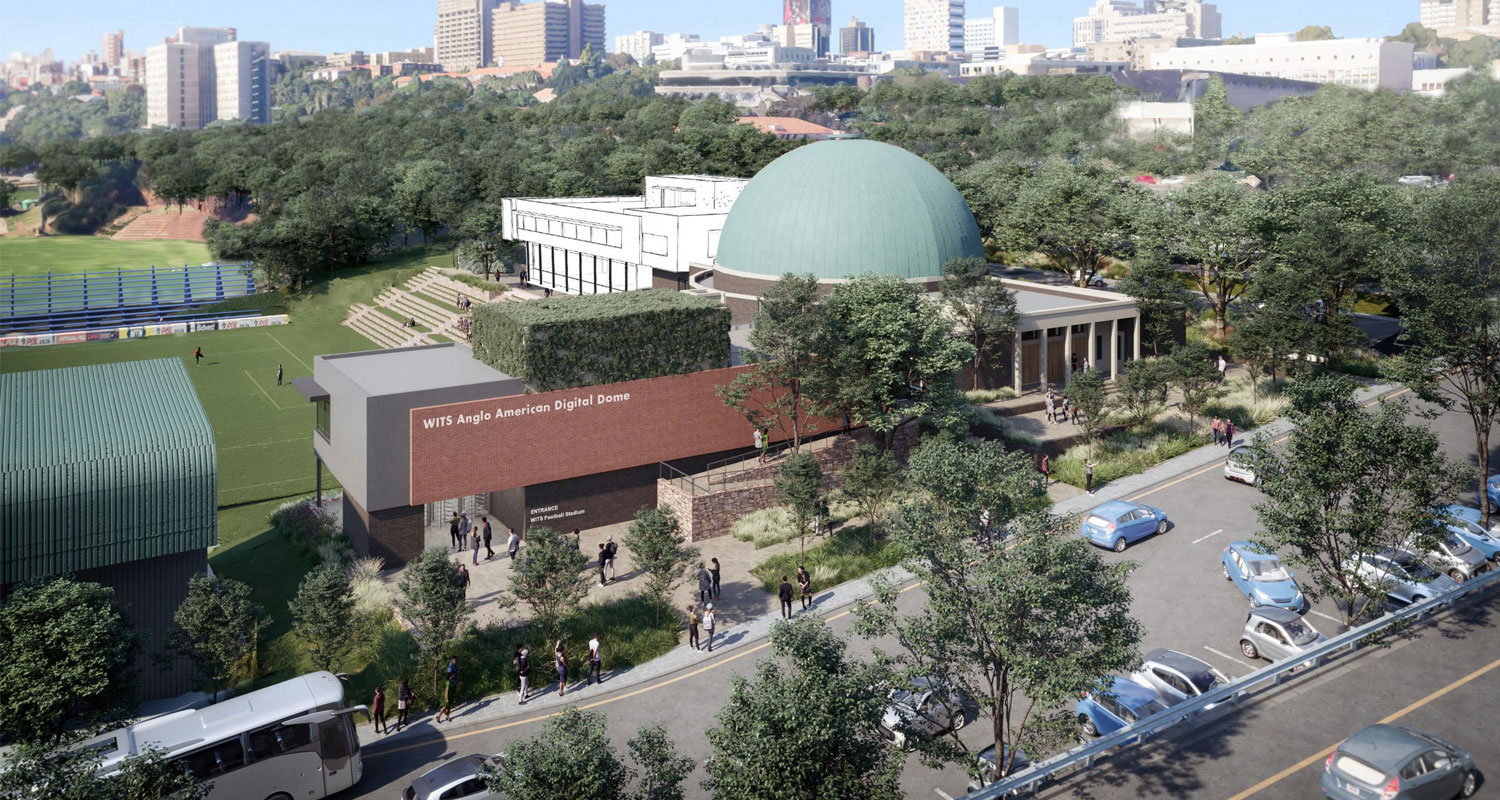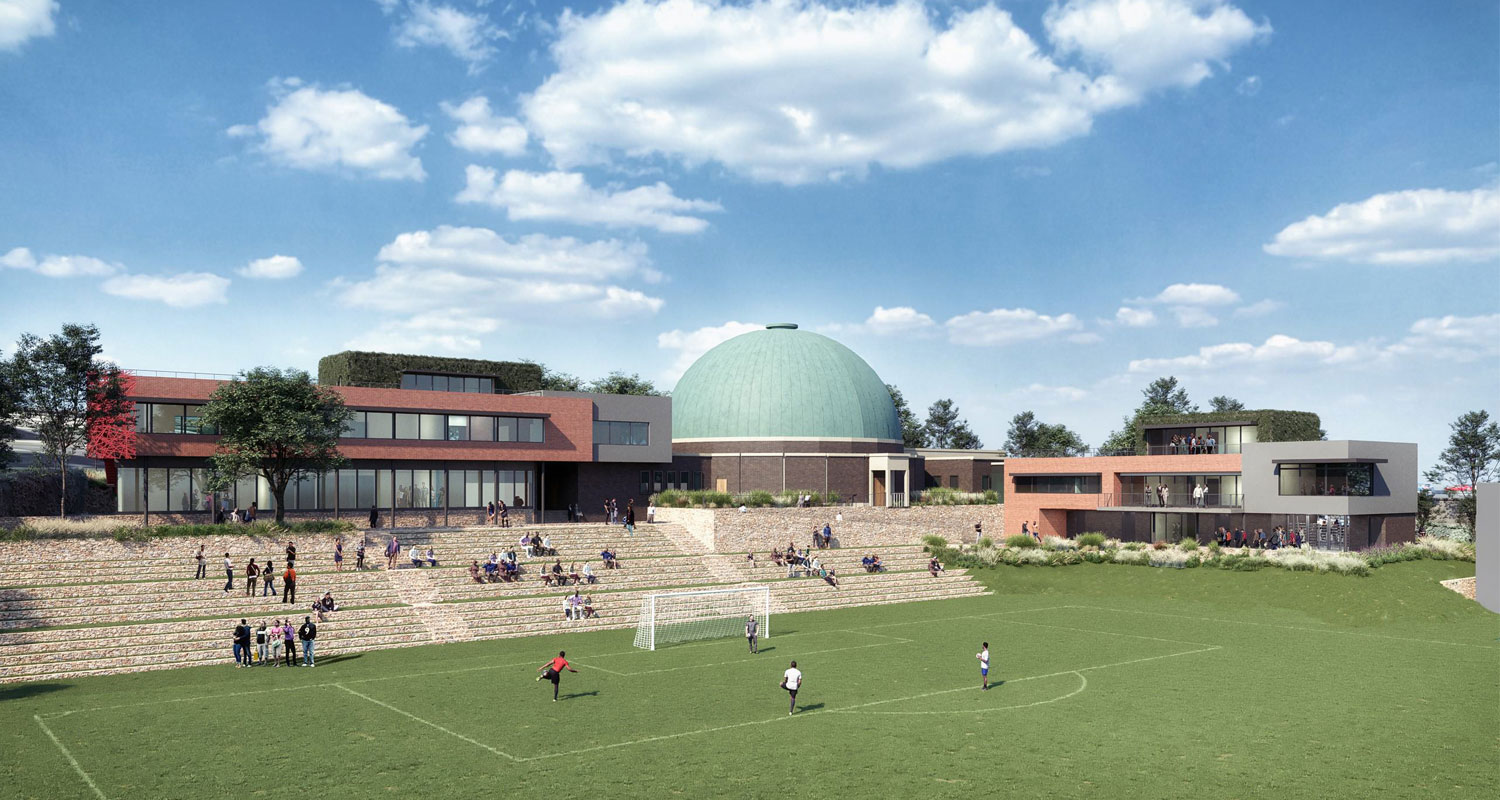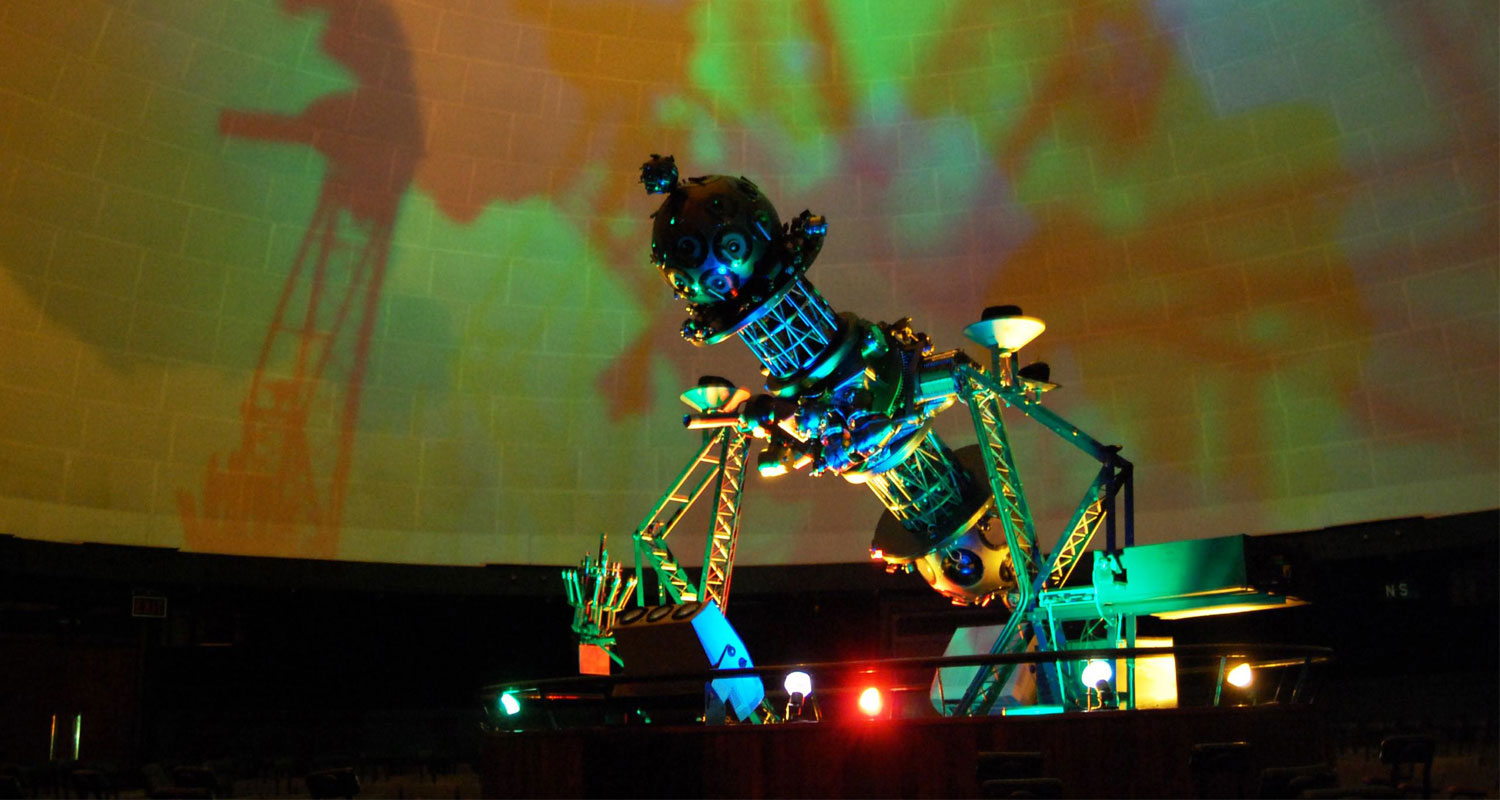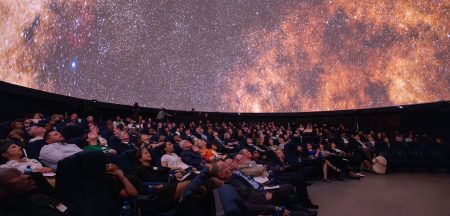
The iconic Wits Planetarium in Johannesburg, which has seen more than four million visitors since it opened its doors in October 1960, is undergoing an extensive renovation to transform it into a “digital dome”.
To bring the Wits Planetarium into the digital age, Wits University and Anglo American have partnered to overhaul the facility. The Planetarium has been renamed as the Wits Anglo American Digital Dome.
The Planetarium was originally built when the Johannesburg city council decided in 1956 that a planetarium would be the ideal facility to commemorate the 70th anniversary of South Africa’s biggest city.
The city granted a loan to Wits University to build the facility, while the university contributed the land.
The planned digital upgrade follows the retirement of the Planetarium’s 100-year-old Zeiss star projector earlier this year after 62 years of service. The projector was manufactured in Germany in 1930 and improved by the Germans in the late 1950s before being transported to South Africa for use at the Planetarium.
The Johannesburg Planetarium was the first of its kind of any size in Africa and is still the biggest in sub-Saharan Africa. The new Digital Dome is expected to be completed by the end of next year, with public access beginning in 2024.
University students and the public will have the opportunity to learn about and experience the wonders of applied science thanks to the Digital Dome, which was created by artificial intelligence researchers, scientists, digital artists and quantum computing engineers from Wits.
‘IMAX-like theatre’
“We are creating a hi-tech, 360-degree IMAX-like theatre, just better,” explained Prof Roger Deane, director of the Wits Centre for Astrophysics and the SKA chair in radio astronomy at Wits. “The Digital Dome will provide an incredible theatre experience, but it will also serve a greater purpose: it will assist researchers across all disciplines to visualise data in a profound way.”
The first two of the project’s three stages have received funding of R75-million from Wits University and Anglo American, with Wits contributing R20-million and Anglo the rest.
“The real value of this building lies beyond its infrastructure… It will be the largest of its kind in sub-Saharan Africa … the only one that includes a multidisciplinary facility and production abilities in its engine room,” said Deane.
During the first stage, the existing Planetarium will be refurbished and digitised with a new, state-of-the-art digital projection system, auditorium seating, and a science and technology “Exploratorium”.
Article continues below…



The second stage will see a north wing expansion built for a new suite of operational offices, an exhibition area, and a seminar room and meeting space for Digital Dome show planning and design.
A new east wing – the third phase of construction – will house open-plan offices for visiting multidisciplinary research teams to interact with data visualisation and Digital Dome show rendering experts. This stage of the project has yet to receive funding commitments.
To allow Wits to develop a large portion of its digital science engagement content on-site, the planned east wing will include a creative studio, and film and sound production facilities. This part of the project will be integrated with a new Wits football stadium and feature a rooftop event space as well as a viewing deck. – © 2022 NewsCentral Media




